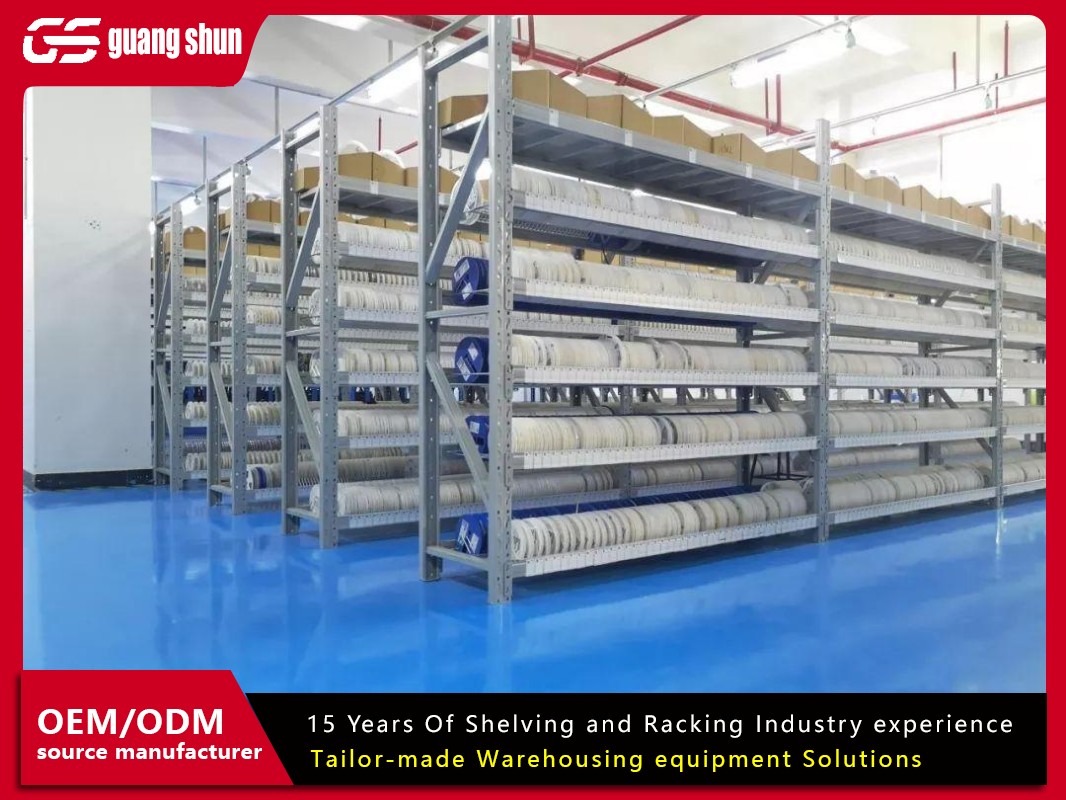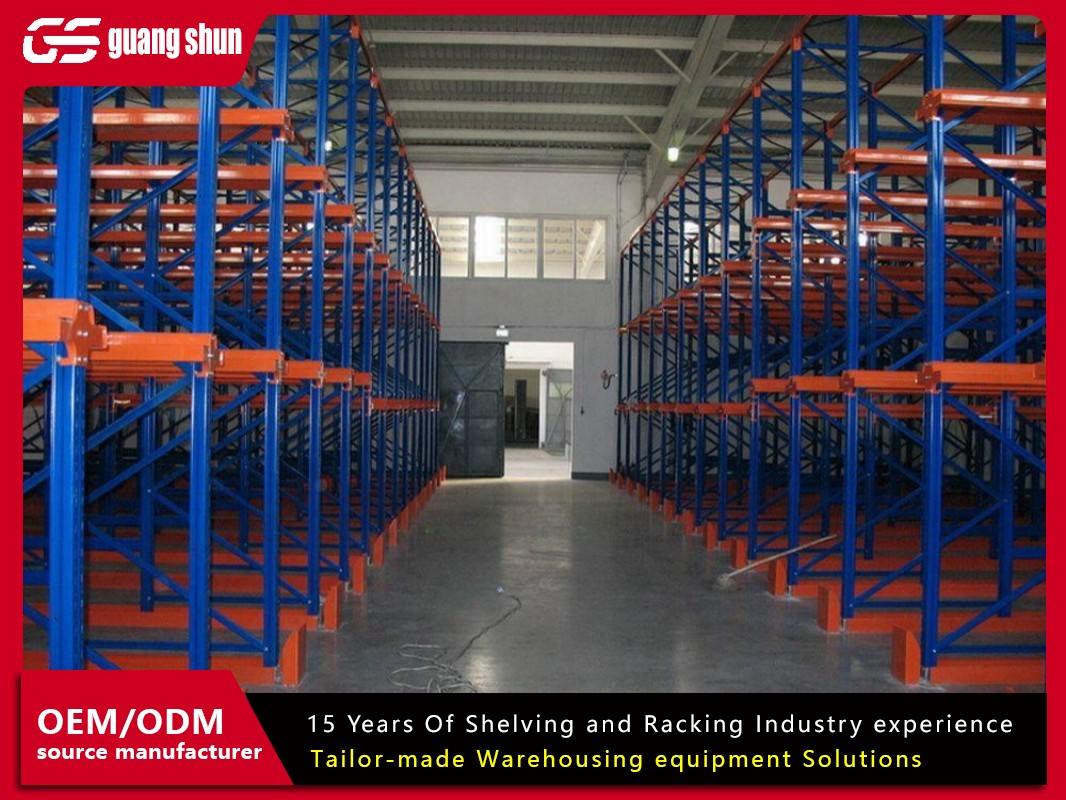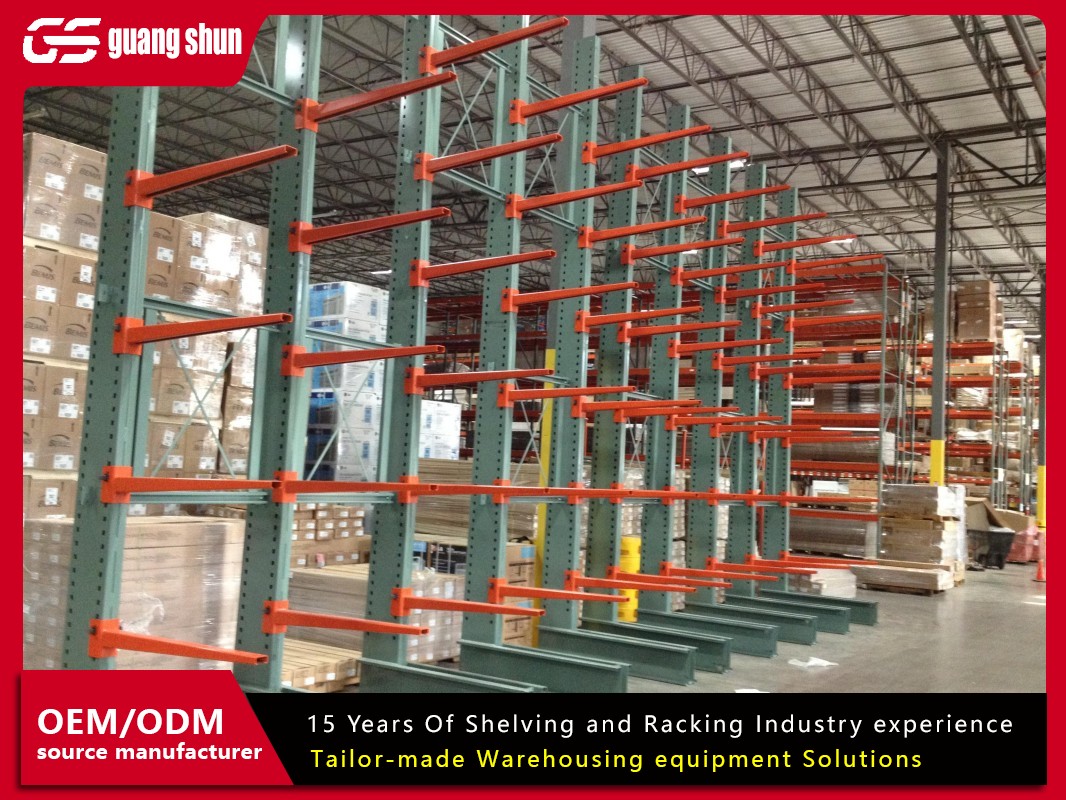In the world of logistics, manufacturing, and distribution, space is a premium commodity. Efficiently utilizing every cubic foot of your warehouse is not just a goal; it's a necessity for survival and growth in a competitive market. At the heart of this spatial optimization lies a fundamental, yet often overlooked, component: the racking storage system.
More than just simple shelves, modern racking storage systems are engineered structures designed to store palletized goods, heavy items, and various SKUs in an organized, accessible, and safe manner. Choosing the right system can dramatically increase your storage density, improve inventory management, enhance safety, and boost overall operational productivity. This guide will delve into seven critical aspects of racking storage systems, providing you with the knowledge needed to make an informed decision for your facility.
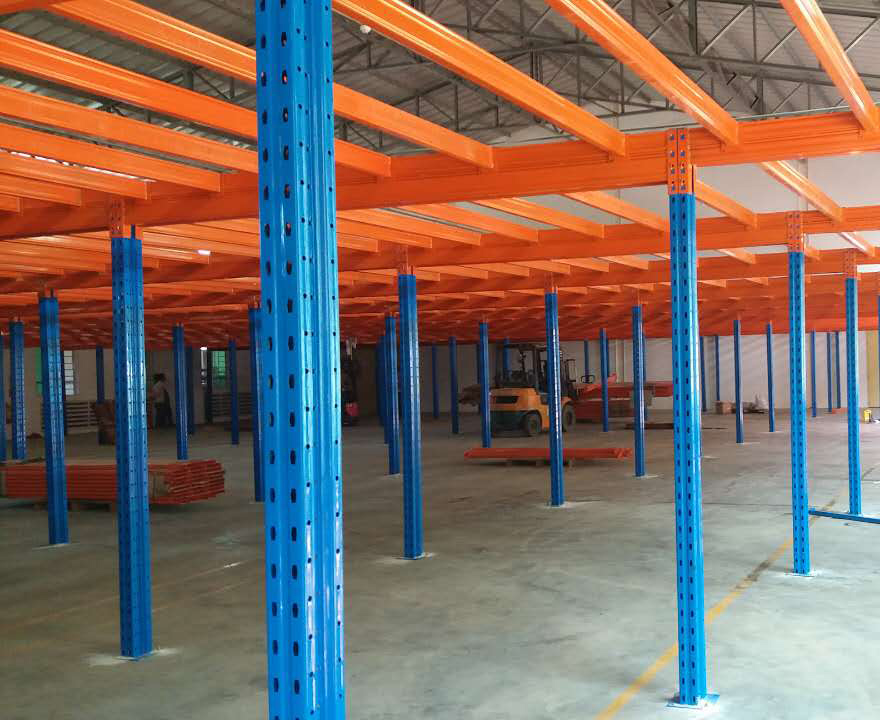
What Exactly Are Racking Storage Systems?
At its core, a racking storage system is a material handling structure designed to support the storage of materials, typically on pallets, in a systematic way. Unlike simple shelving, which is often used for smaller, hand-stacked items, racking storage systems are built to handle significant weight—often thousands of pounds per pallet position—and are integral to the structural flow of a warehouse.
These systems consist of upright frames (the vertical components) and beams (the horizontal components) that create bays for storing loads. They form the essential skeleton of a warehouse's storage infrastructure, interfacing directly with material handling equipment like forklifts, order pickers, and pallet jacks. The primary purpose of any racking storage system is to provide safe, high-density, and organized storage while allowing for selective access to any stored pallet. The evolution from simple block stacking to sophisticated, automated racking solutions has been a key driver in the efficiency of modern supply chains.
The 5 Most Common Types of Racking Storage Systems
Not all warehouses are created equal, and neither are their storage needs. The variety of available racking storage systems allows businesses to select a solution tailored to their specific inventory, turnover rate, and space constraints. Here are the five most prevalent types:
1. Selective Pallet Racking: This is the most common and versatile type of racking storage system. It offers direct, selective access to every single pallet load, making it ideal for warehouses with a high number of SKUs. Its simple design of upright frames and beams allows for easy adjustment of shelf heights to accommodate products of various sizes.
2. Drive-In/Drive-Through Racking: Designed for high-density storage of homogeneous products with low SKU counts, this system eliminates aisles by allowing forklifts to drive directly into the rack structure to place and retrieve pallets. Drive-in racking has an entrance-only side, while drive-through racking has entry and exit points on opposite ends, facilitating a first-in, first-out (FIFO) inventory method.
3. Push-Back Racking: A popular high-density, last-in, first-out (LIFO) system. Push-back racking features carts nested on slightly inclined rails. When a pallet is loaded into a bay, it pushes the pallets behind it back. When retrieving a pallet, the next one moves forward automatically. It typically offers 2-6 pallets deep storage per bay.
4. Pallet Flow Racking: This system utilizes a FIFO inventory method through a dynamic storage solution. Pallets are loaded on a high end of the rack and use gravity (via wheeled or roller tracks) to flow gently to the unloading end. It's perfect for high-throughput environments with perishable goods or products with expiration dates.
5. Mobile Pallet Racking: Also known as mobile aisle systems, this solution mounts standard selective racks on motorized mobile bases that move on tracks embedded in the floor. To access a specific aisle, all other aisles are compacted together, creating one access aisle at a time. This design can increase storage capacity by up to 80% compared to static systems, as it virtually eliminates multiple permanent aisles.
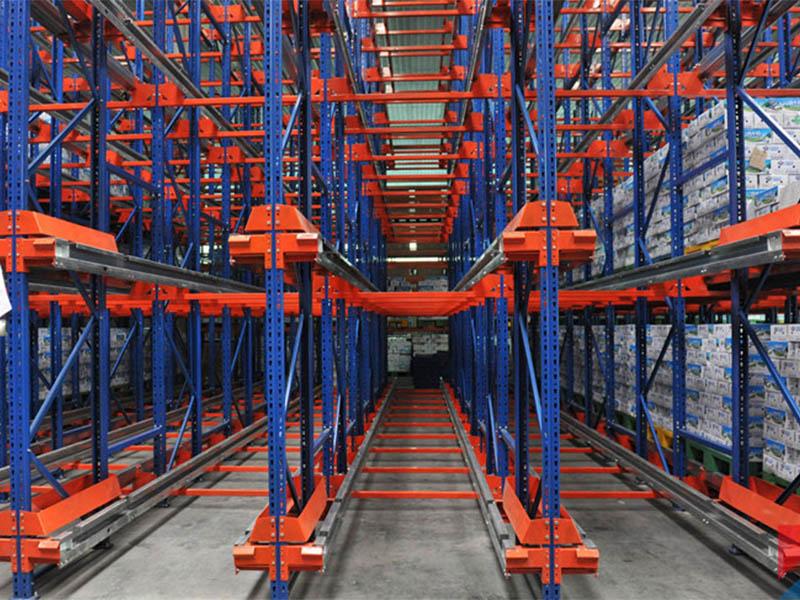
Key Benefits of Implementing the Right Racking System
Investing in a well-planned racking storage system yields a significant return on investment through multiple channels:
Maximized Storage Capacity and Cube Utilization: The most obvious benefit. By building upwards and implementing deep storage solutions, you dramatically increase the number of pallet positions within the same floor space, deferring the need for costly facility expansion.
Enhanced Inventory Organization and Control: A structured system allows for logical organization by SKU, product type, or turnover rate. This reduces time spent searching for items, minimizes picking errors, and streamlines inventory counting processes.
Improved Safety for Personnel and Inventory: Professionally engineered racking storage systems are designed to handle specific loads safely. Features like column guards, safety pins, and beam locks prevent accidental dislodgement. Organized aisles reduce clutter and the risk of accidents involving forklifts and other equipment.
Increased Operational Efficiency and Productivity: Easy, direct access to inventory means forklift operators can store and retrieve pallets faster. Reduced travel time between picks and optimized warehouse layout directly translate into more moves per hour and lower labor costs.
Scalability and Flexibility: Most modern systems are adjustable. Beams can be relocated on upright frames to accommodate changes in product size or to re-slot the warehouse as inventory profiles change, ensuring your storage solution can evolve with your business.
Crucial Factors to Consider Before Choosing a System
Selecting the right racking storage system is a complex decision. Rushing into a purchase without proper analysis can lead to inefficiency and safety hazards. Consider these critical factors:
Inventory Characteristics: What are the dimensions and weight of your palletized loads? How many SKUs do you have? What is your inventory turnover rate (FIFO vs. LIFO)? Do you store perishable goods?
Available Space and Warehouse Layout: What are the clear ceiling height and overall dimensions of your building? Are there obstructions like columns or doors to work around? The shape of your space will heavily influence the optimal system.
Material Handling Equipment (MHE): Your racking storage system and your MHE must be compatible. The type of forklifts you use (e.g., reach trucks, counterbalance forklifts, turret trucks) will determine the required aisle width and the maximum lifting height.
Budget and Total Cost of Ownership (TCO): Consider not only the initial purchase and installation cost but also long-term costs for maintenance, potential reconfiguration, and the cost of unused space if the system is not optimized.
Safety and Compliance Standards: The system must be designed to comply with local building codes and industry safety standards (e.g., OSHA, SEMA). It must be installed correctly and regularly inspected for damage.
The Critical Importance of Safety and Proper Maintenance
A racking storage system is a significant investment and a critical piece of workplace infrastructure. Its failure can lead to catastrophic accidents, inventory loss, and major operational downtime. Therefore, safety is paramount.
Professional Design and Installation: Racking must be engineered for your specific loads and seismic region. Installation should always be handled by certified professionals to ensure it is plumb, level, and secured according to the manufacturer's specifications.
Regular Inspections: Implement a program of daily visual checks by warehouse staff and more formal, periodic inspections by a competent person (e.g., a SEMA-approved inspector). Look for signs of damage, especially dents and deformations in upright frames and beams, which significantly reduce load capacity.
Employee Training: All personnel who operate MHE near the racking must be trained on proper operating procedures, including how to handle loads safely, how to avoid striking the racking, and how to report damage immediately.
Don't Exceed Load Capacities: Every component of a racking storage system has a rated capacity. These limits must be strictly adhered to and clearly communicated to all warehouse staff. Overloading is a primary cause of racking collapse.
The Future of Racking: Automation and Integration
The future of racking storage systems is intelligent and automated. The rise of Industry 4.0 and the Internet of Things (IoT) is transforming static racks into dynamic, data-driven systems.
Automated Storage and Retrieval Systems (AS/RS): These are computer- and robot-controlled systems that automatically place and retrieve loads from defined storage locations. They often use customized racking structures that interface with mini-load cranes, shuttle systems, or robotic arms, achieving unparalleled density, speed, and accuracy while reducing labor requirements.
Warehouse Management System (WMS) Integration: Modern racking storage systems are no longer isolated structures. They are integrated with WMS software, which knows the exact location and quantity of every SKU within the racking bays. This integration enables optimized picking paths, real-time inventory tracking, and automated replenishment commands.
Robotics and Goods-to-Person Solutions: Mobile robots are increasingly being used to transport entire racks or pods of inventory to stationary picking stations (a "goods-to-person" model). This turns the traditional racking storage system into a mobile, agile asset that maximizes picker efficiency.
Making the Final Decision: Consultation is Key
Choosing and implementing a new racking storage system is a significant strategic project. While understanding the different types and considerations is crucial, the complexity of the decision often necessitates expert guidance.
It is highly recommended to consult with a reputable storage solutions provider or a professional warehouse designer. They can conduct a thorough analysis of your operations, create a customized layout using CAD software, and provide a solution that balances density, accessibility, and budget. A well-designed racking storage system is not an expense; it is a powerful tool that will drive your warehouse's efficiency, safety, and profitability for years to come.
By carefully evaluating your needs against these seven aspects, you can select a racking storage system that transforms your warehouse from a cost center into a competitive advantage.



